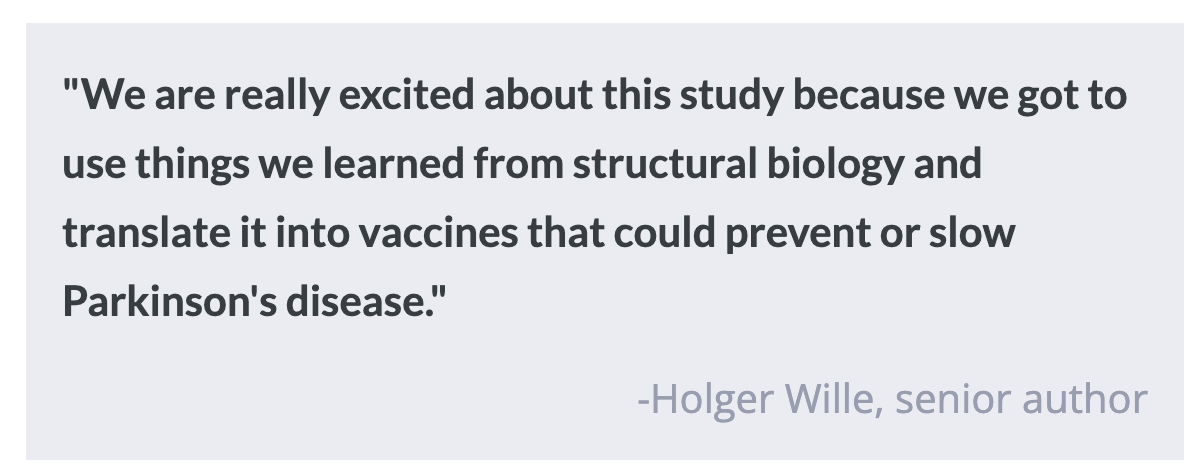The Role of the Immune System and Blood-Brain Barrier in Brain Fog Associated with Long COVID
Post by Soumilee Chaudhuri
The takeaway
Research has hypothesized that the breakdown of the blood-brain barrier (BBB), is mainly responsible for the neurological symptoms in patients of SARS-COV-2 infection. Researchers from Trinity College, Dublin found critical evidence that lingering neurological symptoms such as cognitive decline or brain fog in Long COVID patients were due to loss of BBB permeability and a persistently activated immune system.
What's the science?
Following the global COVID-19 pandemic, clinical investigations found that many individuals infected with the acute SARS-COV-2 virus were failing to recover fully from COVID-19 infection. This phenomenon was termed Long COVID and is characterized by chronic pain, shortness of breath, and intense fatigue. It is also associated with long-term neurological symptoms such as cognitive impairment. However, the basis of these neurological symptoms, known as ‘brain fog’ has remained unclear. This week in a groundbreaking article in Nature Neuroscience, using an innovative imaging technique Dr. Greene and colleagues show that leaky blood vessels in the BBB alongside a hyperactive immune system could drive these neurological symptoms associated with Long COVID.
How did they do it?
The researchers hypothesized that COVID-19 infection causes neurological issues including cognitive decline in some patients by breaking down the BBB, resulting in blood serum components leaking into the brain. They investigated BBB function and integrity in both acute COVID-19 patients as well as Long COVID patients by splitting the study into two separate cohorts. First, they examined the serum samples from the first cohort (acute COVID-19) patients for known proteins that would signify a dysregulated BBB or biomarkers of BBB disruption. Thereafter, they used a novel MRI-based imaging technique to image the brains of the second cohort (Long COVID) for an extended period of time by injecting a special dye that has low penetrability across the BBB. Any signal detected from this injected dye after 20 minutes was suggested to be associated with BBB disruptions as a result of the leakage of the dye through the disrupted BBB. Through this innovative contrast MRI imaging technique, the researchers could objectively measure and track the extent of BBB disruption in these patients. Additionally, the researchers also looked at gene expression changes in immune cells from the patients of these two cohorts to understand if immune cell activation was related to BBB dysfunction in Long COVID.
What did they find?
The researchers found that in acute COVID-19 patients who were experiencing brain fog, one of the biomarkers of BBB disruption (S100B) was elevated compared to acute COVID-19 patients not experiencing brain fog. Results of contrast MRI imaging also found that in Long COVID patients with brain fog — but not those without brain fog — BBB permeability was increased, indicating BBB disruption was associated with this lingering post-infection condition. Imaging found that patients with Long COVID and brain fog had more leakage in their whole brain compared to patients without brain fog. Gene expression changes from immune cells in these patients showed that there was a widespread disruption of the coagulation system and adaptive immunity unique to the cohort of Long COVID patients with brain fog. These critical findings suggest that brain fog symptoms of Long COVID are a result of BBB disruption and a sustained inflammation trajectory.
What's the impact?
This is the first study to use a dynamic contrast imaging method and objectively map a biomarker associated with BBB integrity related to neurological symptoms in Long COVID. This will be very significant for understanding other post-infection neurological conditions as well as crafting targeted clinical interventions regulating BBB integrity in Long COVID. Foremost, we now know that there is an integrated role of the immune system and BBB disruption, at the forefront of neurological symptoms underlying patients of Long COVID.



